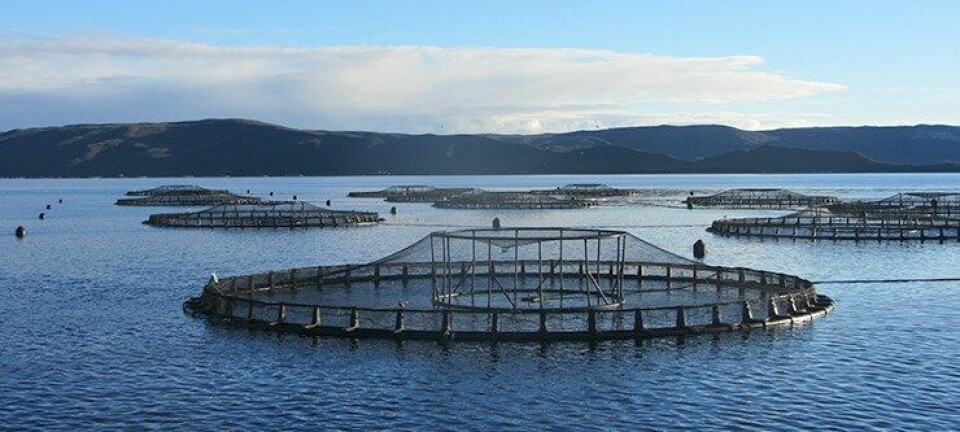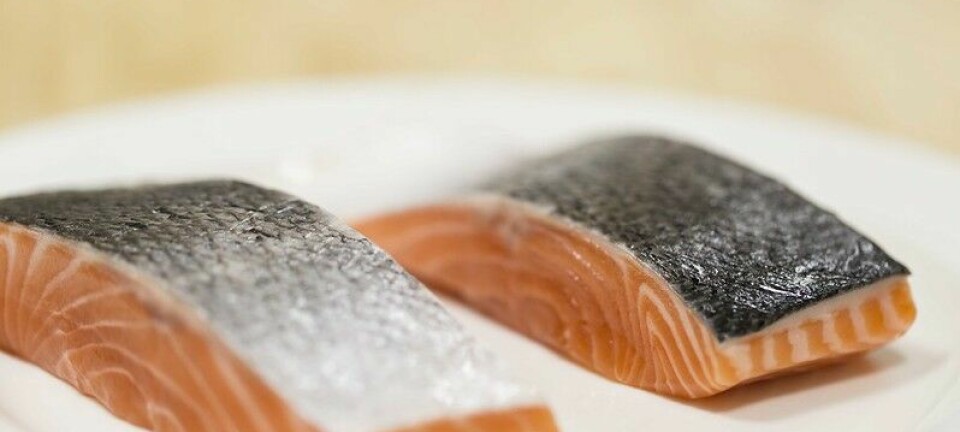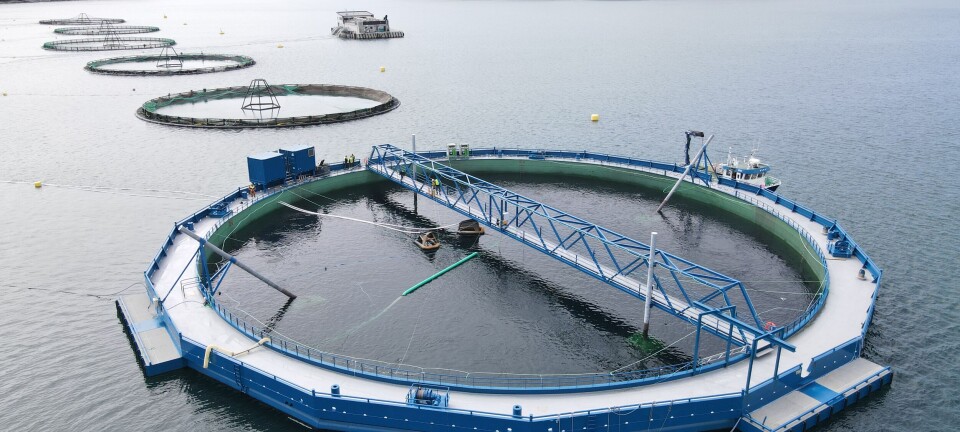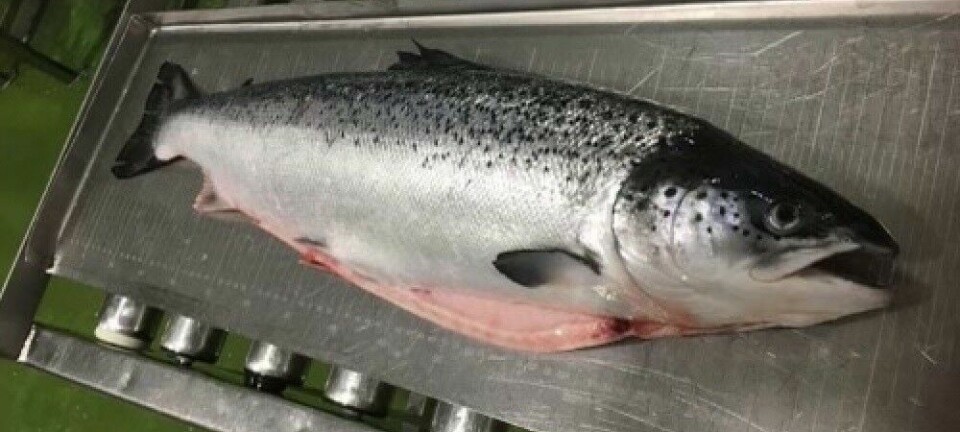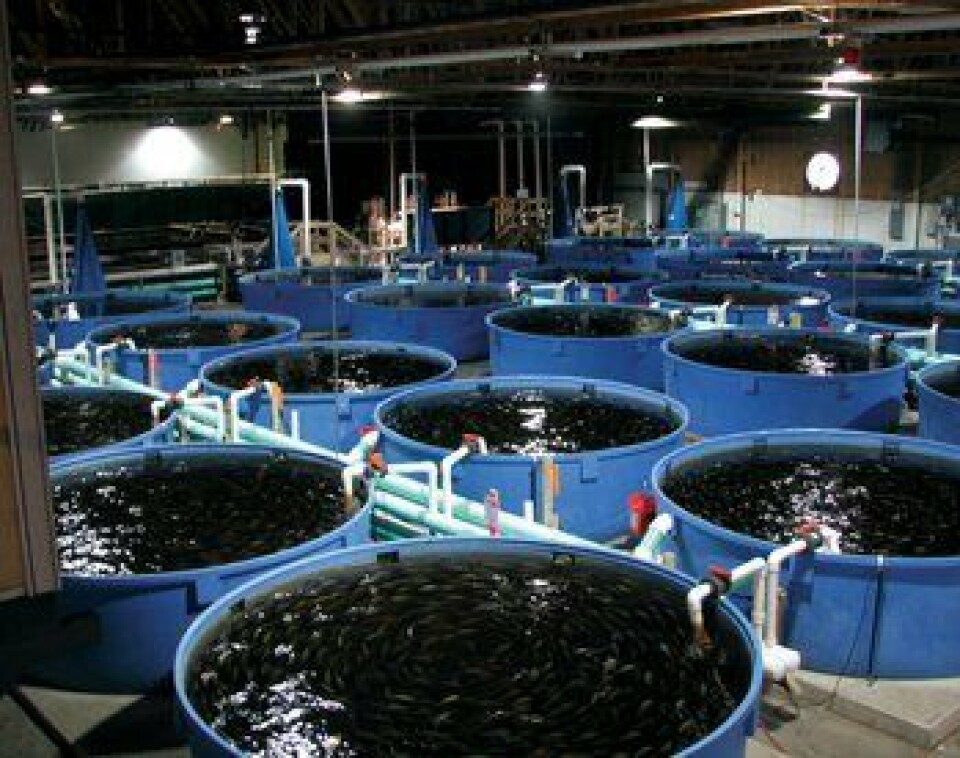
Fish farming growing in Ohio- and it is a US priority
The average American consumed some 15.8 lbs (7.2 Kg) of seafood in 2009, and a lot of that was imported farmed shrimp. And despite the fact that most of the 2.5 billion pounds (~1.1 million Kg) of seafood that was exported from the U.S. last year was salmon, the country still took in some 500 million pounds (226.8 million Kg) of salmon- mainly fresh farmed salmon from Canada and Chile. This import of salmon was worth about US$ 1.6 billion (~€ 1.14 billion).
The drop of consumption of 0.2 pounds (90 gram) per person in 2009 compared to 2008 might be due to the shortage of farmed salmon from Chile, or it might have something to do with the general poor state of the U.S. economy, leading to fewer people going out for a restaurant meal. This was reflected by the first drop in a previously steady raise of seafood imports seen in recent years- down about 7 per cent in value from the previous year. Exports of seafood were also down about 6.5%.
The situation is in other words looking good for entrepreneurs that want to get involved in or expand an existing operation in the aquaculture industry. The current industry has an annual output of about US$ 1 billion (~€ 712 million), and of that only some 20% comes from marine aquaculture, mainly shellfish. The government’s aquaculture efforts- mainly carried out through the National Oceanic and Atmospheric Administration and its National Marine Fisheries Service- are “focused on additional domestic marine aquaculture production to meet the growing demand for safe, healthy seafood, create jobs for U.S. coastal communities, increase regional food supply and security, and help restore depleted commercial and recreational marine species”.
An example of a growing aquaculture business in the U.S. was recently provided by freelance writer Amy Beth Graves for the magazine Our Ohio where she describes some of the happenings in the state, where “Sustainable, fresh and local are among the goals of the growing number of fish farmers”. She explains that “In 1995, the Ohio legislature designated fish farming as an agricultural activity and a few years ago, there were only 30 registered fish farms in the state. Today that number is at least 240, said Brent Dixon, president of Fish Farmers of Ohio Association, which has 70 members. Aquaculture sales in Ohio have tripled from $1.8 million (~€ 1.28 million) to $6.6 million (~€ 4.7 million) in recent years, according to the Ohio Aquaculture Research and Development Integration Program. “Aquaculture is just in the infancy stage in Ohio,” Dixon said. “I believe the industry will grow by leaps and bounds.”
In an interview Ms. Graves had with the owner of an Ohio fresh water fish farm, David Smith said that “When the restaurants saw what a same day, fresh fish fillet looked like, it was an easy sell. We just can’t grow enough. We’re buying from other fish farms in the area and processing their product,” noting that the fish is now processed on the farm under state and federal regulation. “Aquaculture is an environmentally friendly and sustainable industry that can give property owners tremendous opportunity for seasonal cash flow”. He raises hybrid bluegills, largemouth bass and yellow perch.


















